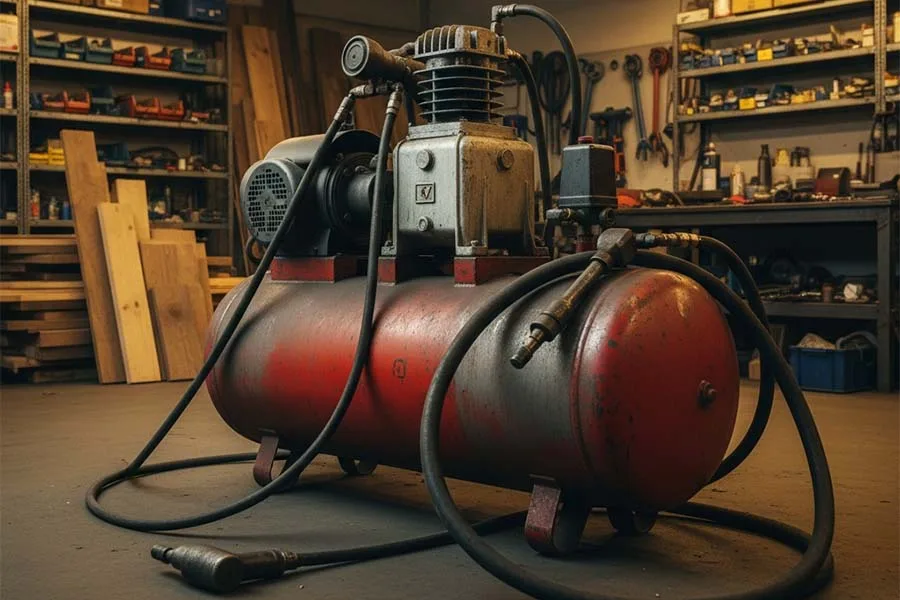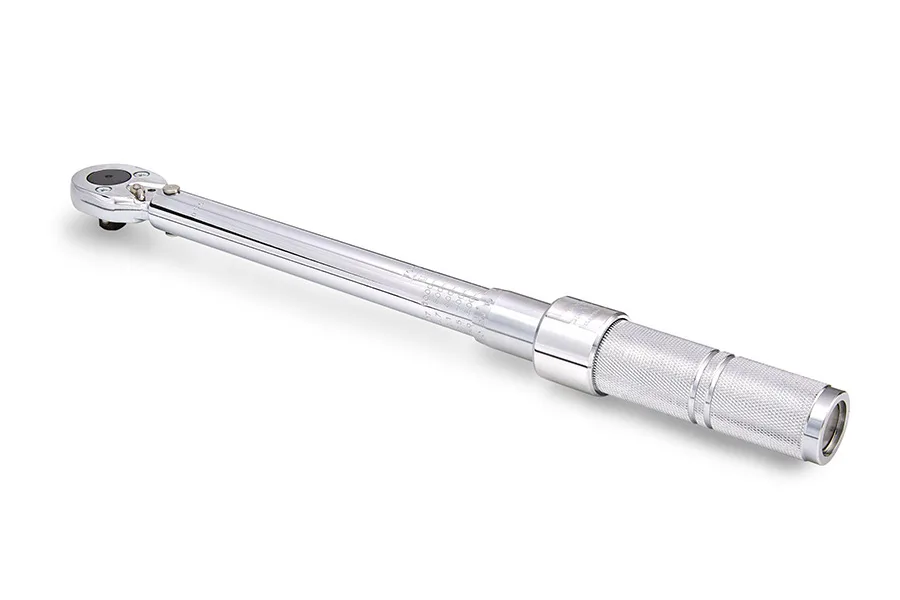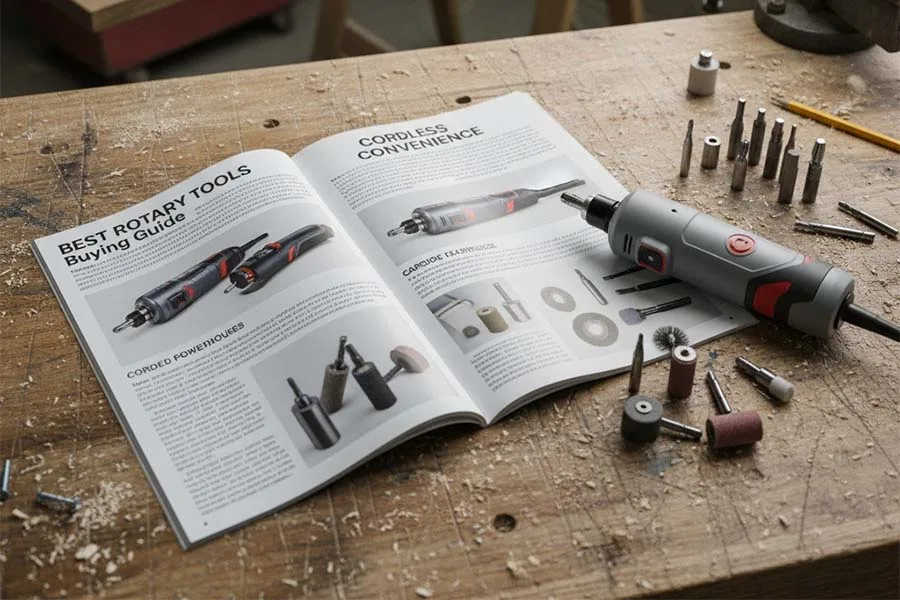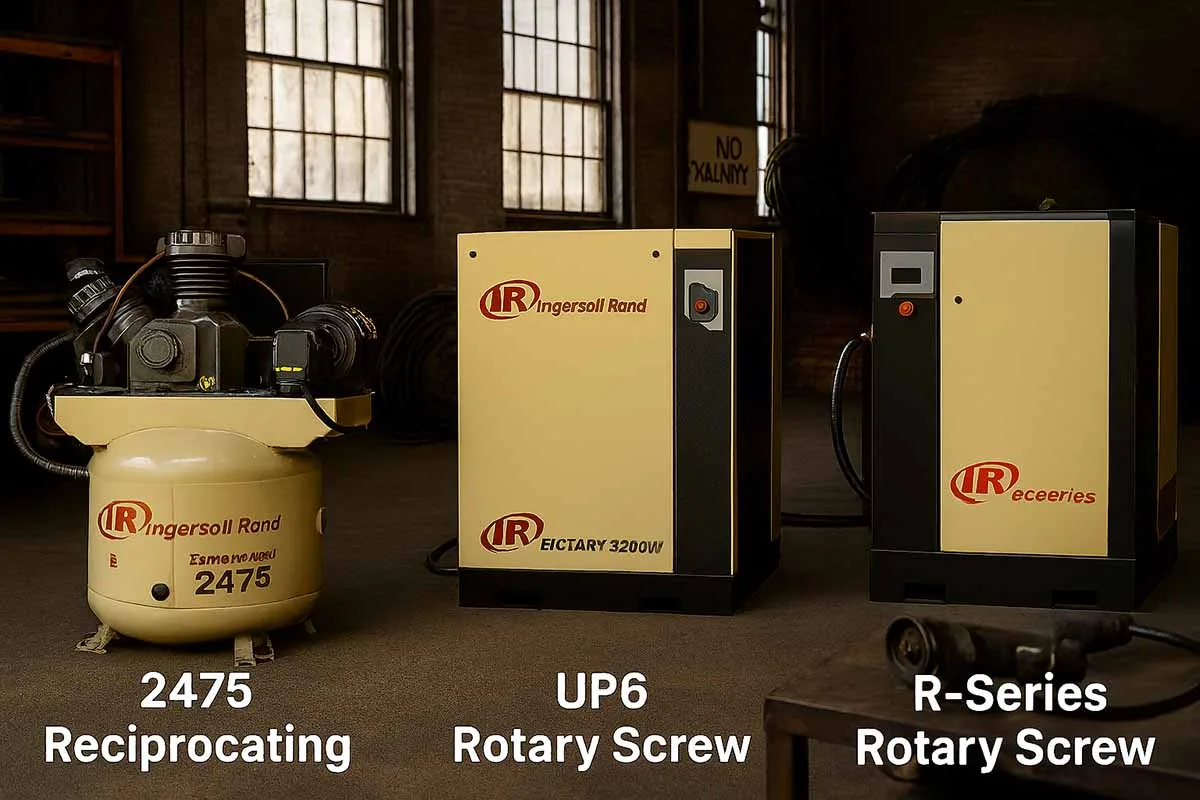Introduction: Why the Right Air Compressor Matters
In industrial settings, an air compressor isn’t just a tool—it’s the heartbeat of productivity. Whether powering pneumatic tools, spray systems, or automated machinery, the right compressor can elevate efficiency, reduce downtime, and protect your bottom line. But choosing the wrong one? That can lead to costly repairs, energy waste, and operational bottlenecks.
This guide walks you through everything you need to know to make a confident, informed decision—whether you’re upgrading your shop or outfitting a new facility.
Key Factors to Consider Before Buying
Before diving into specs, ask yourself:
- Application Needs: Are you powering hand tools or running a full production line?
- CFM & PSI Requirements: Match compressor output to your equipment’s demand.
- Tank Size: Larger tanks support longer run times; smaller tanks suit intermittent use.
- Duty Cycle: Continuous vs. intermittent operation—know what your workflow demands.
- Portability vs. Stationary: Mobile units suit field work; stationary ones anchor workshops.
- Noise Levels: Especially critical in enclosed or shared spaces.
- Energy Efficiency: Look for models with smart controls or variable speed drives.
- Budget & Maintenance Costs: Factor in long-term ownership, not just purchase price.
Features & Specifications Explained
Understanding these specs helps you compare models with confidence:
| Feature | What It Means | Why It Matters |
|---|---|---|
| CFM (Cubic Feet per Minute) | Air volume delivered | Must meet or exceed tool requirements |
| PSI (Pounds per Square Inch) | Air pressure level | Higher PSI = more power for demanding tools |
| Horsepower (HP) | Motor strength | Impacts compressor speed and recovery time |
| Tank Capacity | Air storage volume | Affects run time and refill frequency |
| Duty Cycle | % of time compressor can run | 100% = continuous use; lower = breaks needed |
| Oil-Free vs. Oil-Lubricated | Maintenance style | Oil-free = cleaner, less upkeep; oil-lubricated = longer life |
| Stage Type | Single vs. two-stage compression | Two-stage = higher efficiency and pressure |
Common Mistakes to Avoid
- Ignoring CFM needs: Undersized compressors lead to tool failure and frustration.
- Overbuying horsepower: Bigger isn’t always better—match power to purpose.
- Skipping maintenance planning: Filters, oil changes, and inspections are non-negotiable.
- Neglecting noise ratings: Especially in shared or indoor environments.
- Focusing only on price: Cheap upfront can mean expensive repairs later.
Recommended Top Picks (Multi-Brand Overview)
Here are versatile, well-reviewed options across categories:
- Best for Small Workshops: California Air Tools 10020C – Quiet, oil-free, 10-gallon tank.
- Best for Heavy-Duty Use: Ingersoll Rand SS5L5 – 5 HP, 60-gallon, industrial-grade reliability.
- Best Portable Option: Makita MAC2400 – Compact, powerful, dual-stacked tank.
- Best Energy-Efficient Model: Atlas Copco GA VSD+ Series – Variable speed drive, smart controls.
- Best Budget Pick: Campbell Hausfeld DC080500 – Affordable, quiet, 8-gallon tank.
Industrial Air Compressor Buying Guide: How to Choose the Right One FAQ
Interesting Fact
The first industrial air compressor was patented in 1872—and it revolutionized mining and manufacturing by replacing steam-powered tools.
Lesser-Known Fact
Moisture buildup inside the tank can lead to rust and contamination. Many buyers forget to install automatic drain valves or moisture traps—critical for long-term performance.
Further Read
- Top 10 Mistakes When Buying a Compressor (and How to Avoid Them)
- Portable vs Stationary Compressor: Which One Should You Buy?
- How to Improve Energy Efficiency of Your Compressor
- How to Troubleshoot Common Compressor Problems
- Best Air Compressors Under $100
Conclusion: Buy Smart, Build Strong
Choosing the right industrial air compressor isn’t just about specs—it’s about empowering your workflow, protecting your tools, and investing in long-term efficiency. Whether you’re outfitting a small shop or scaling a production line, the right compressor is a cornerstone of success.
Have tips, experiences, or favorite models? Share them in the comments below.
Found this guide helpful? Share it with your team or on social media to help others buy smarter.





